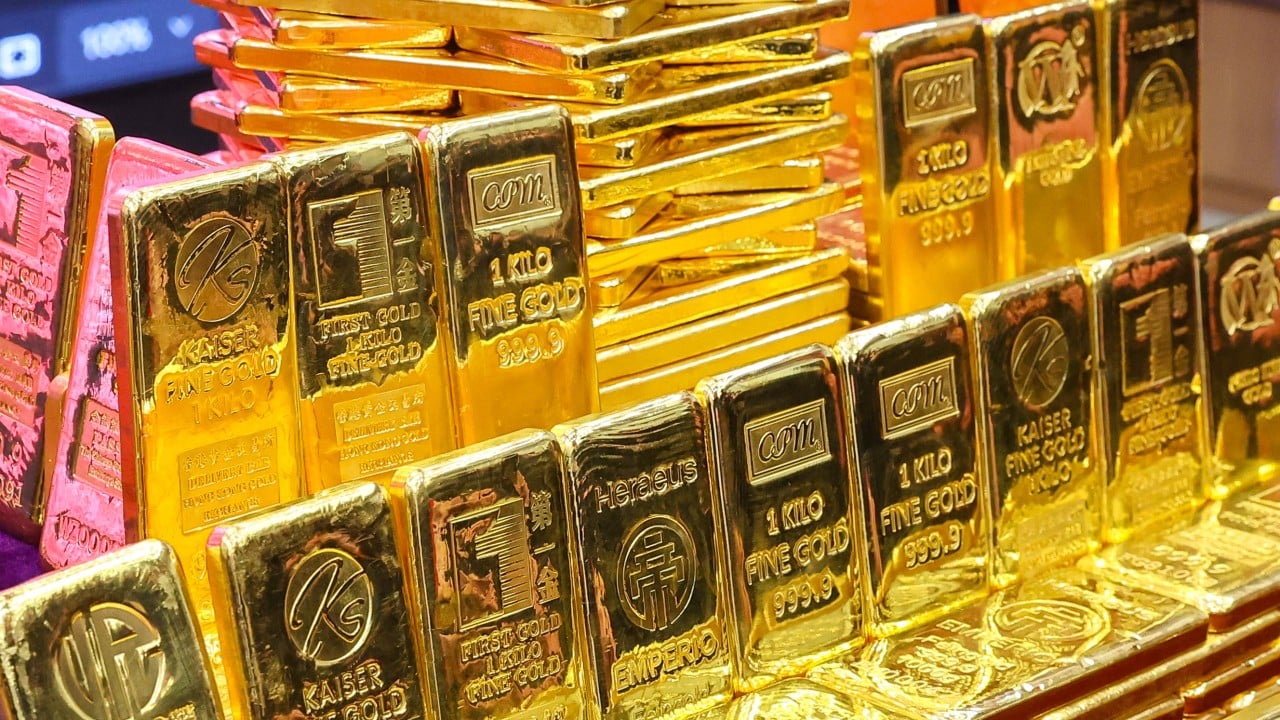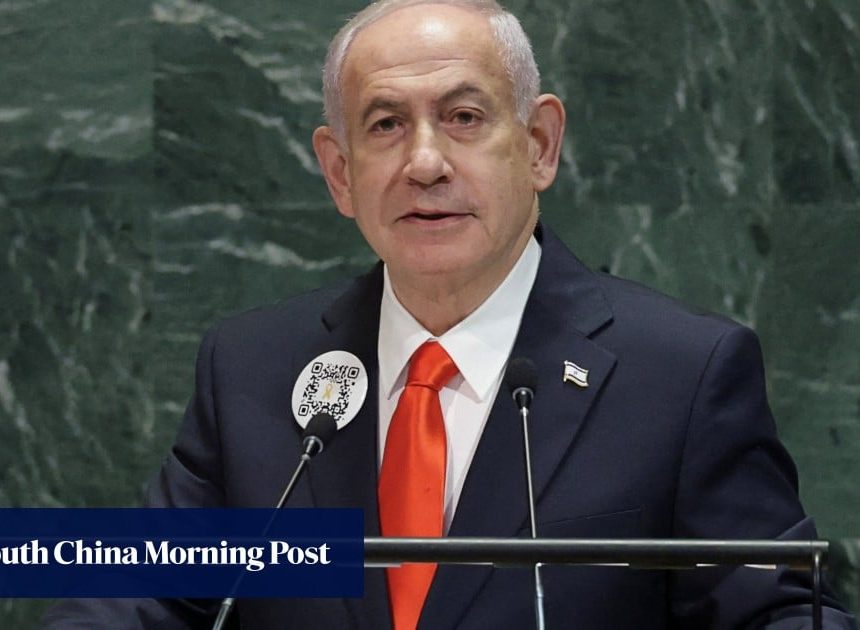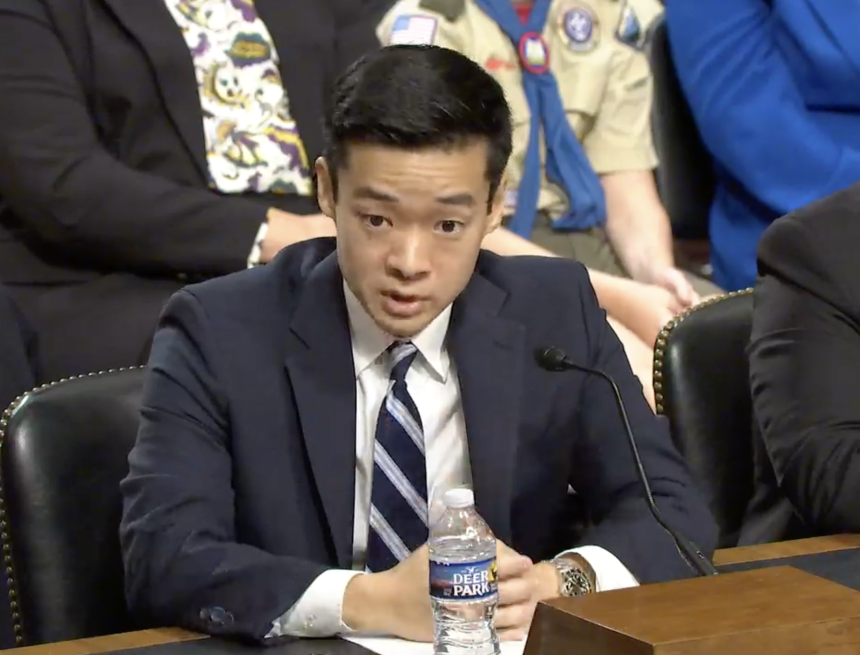
Those who do see fit to comment on gold’s dramatic price increase this year – passing US$4,000 an ounce for the first time on Wednesday – tend to brush it off as a reaction to a falling US dollar, geopolitical uncertainty and the fact that much of the buying is being done by central banks, which inhabit a different universe from that of market investors.
Few question why central banks have been stocking up to the point where gold is now second only to the US dollar as an official reserve asset, ahead of the euro and others. Could central banks be exercising a degree of farsightedness beyond that of financial markets?
Likewise, could commentators such as Lex in the Financial Times last week be guilty of shortsightedness when they suggest that capital accumulation by mining companies to boost gold production in Asia, Europe, Africa, the Americas and Australia could prove unwise should the yellow metal “lose some of its shine”?
After all, central banks have emerged as saviours of the financial system in times of crisis. To mount such gargantuan rescue operations, they obviously need sufficient monetary resources.


